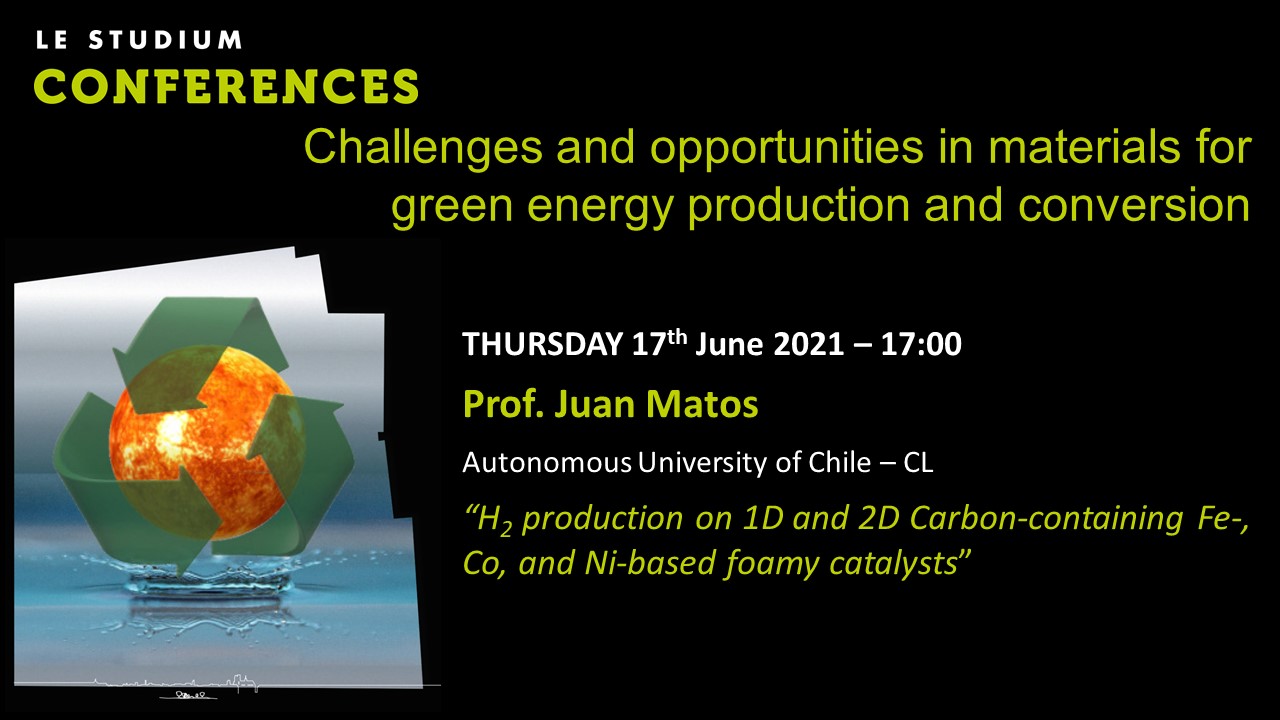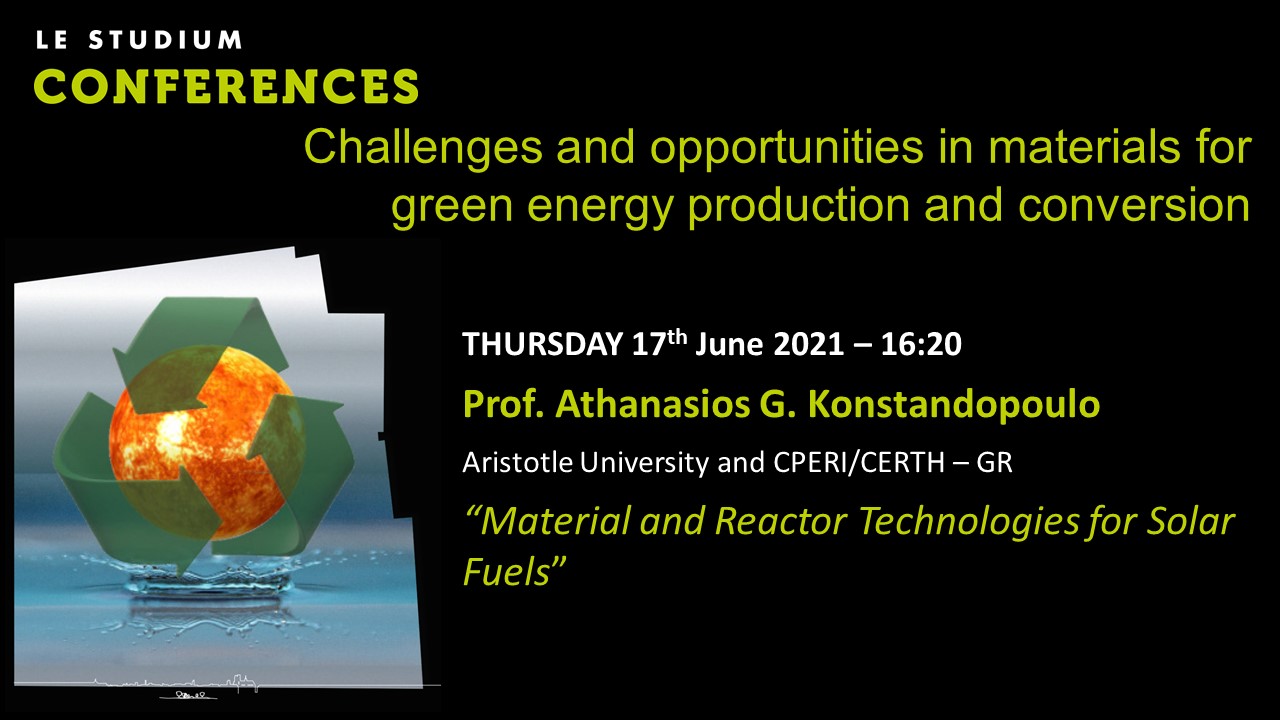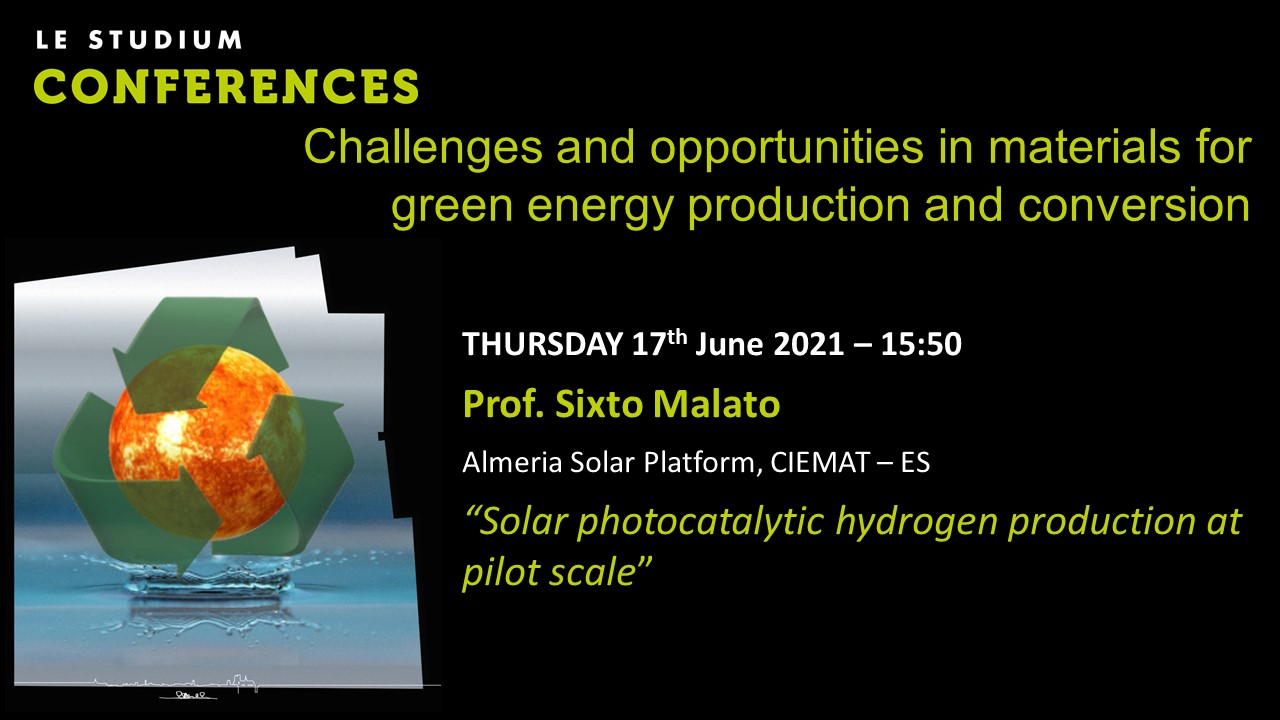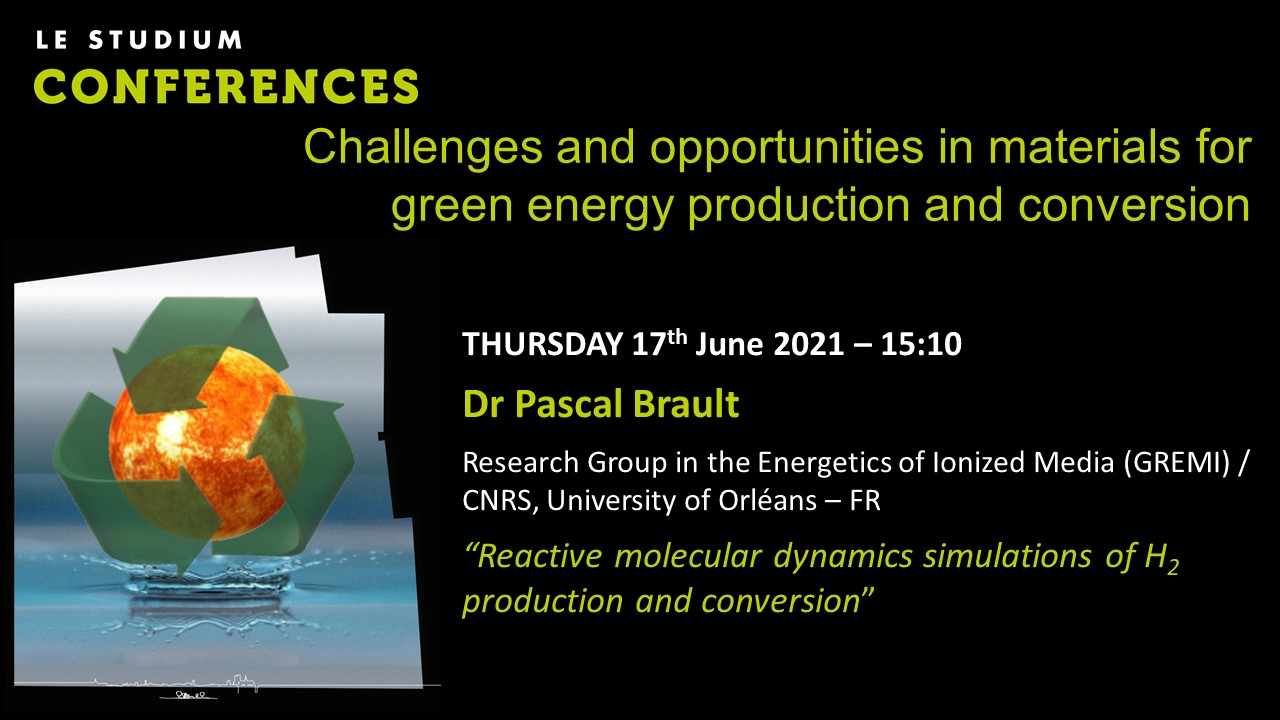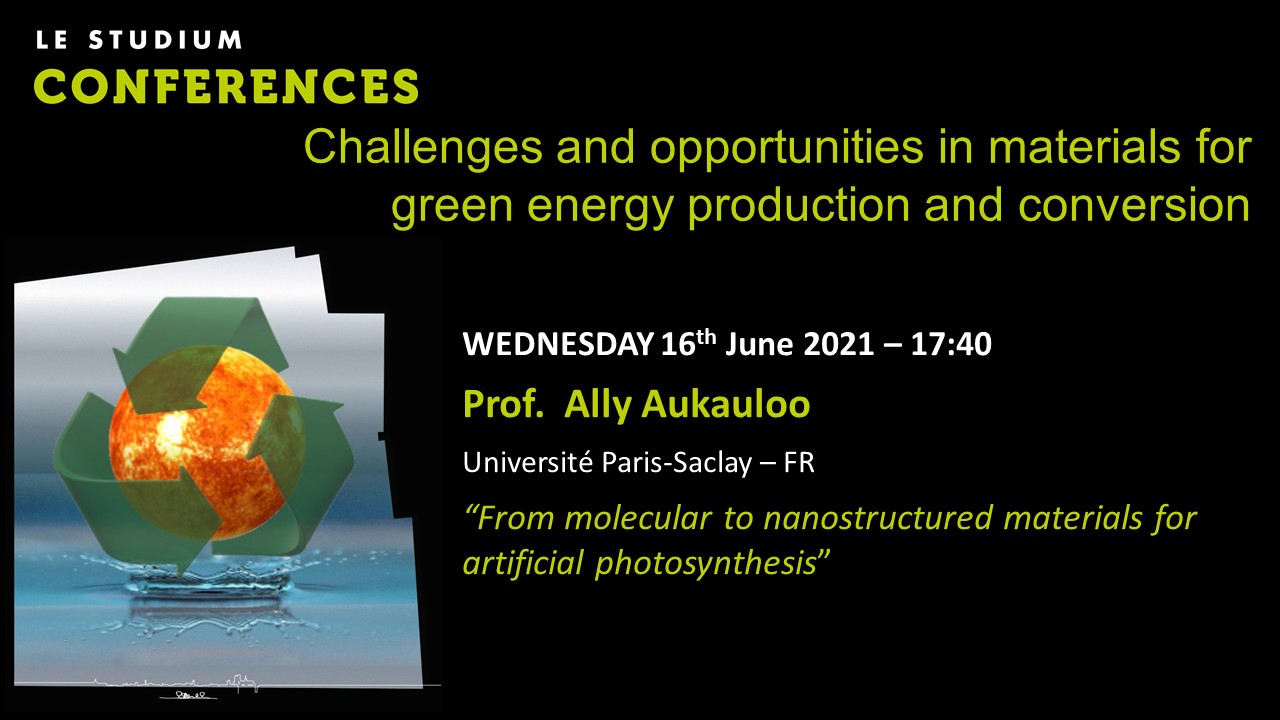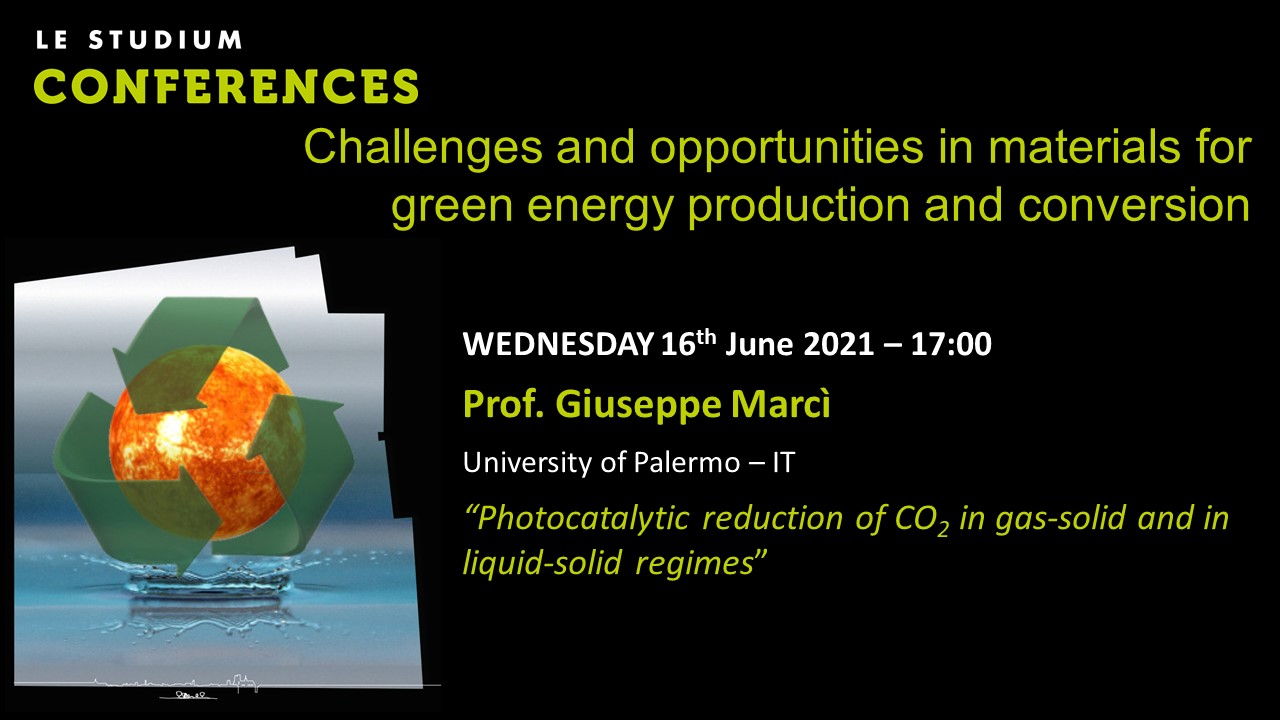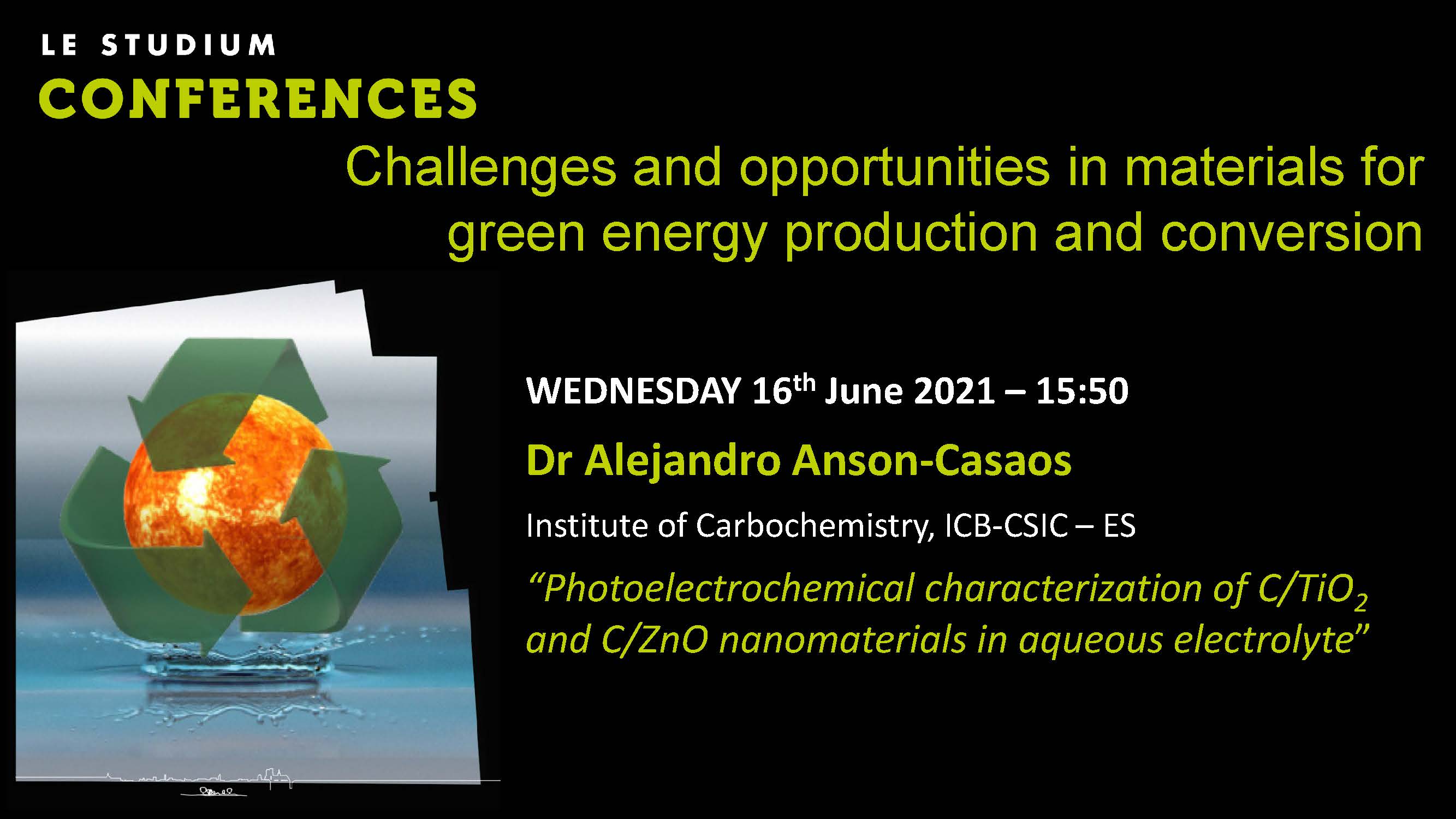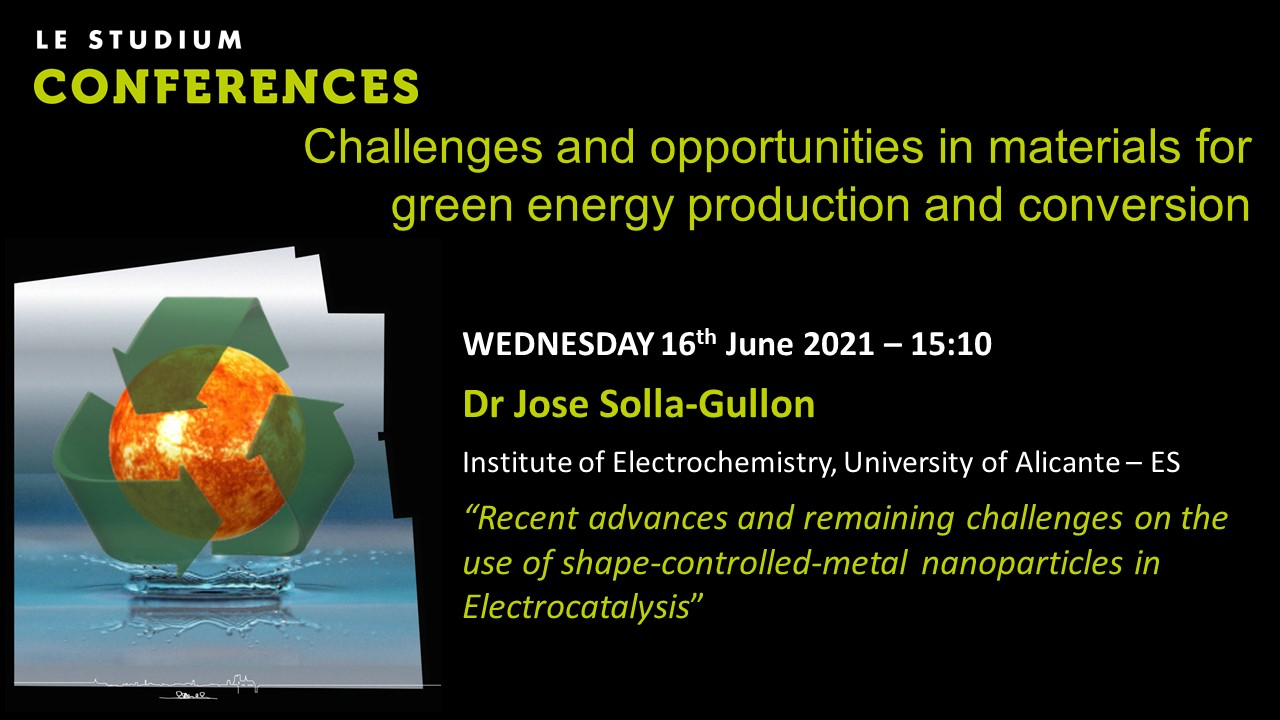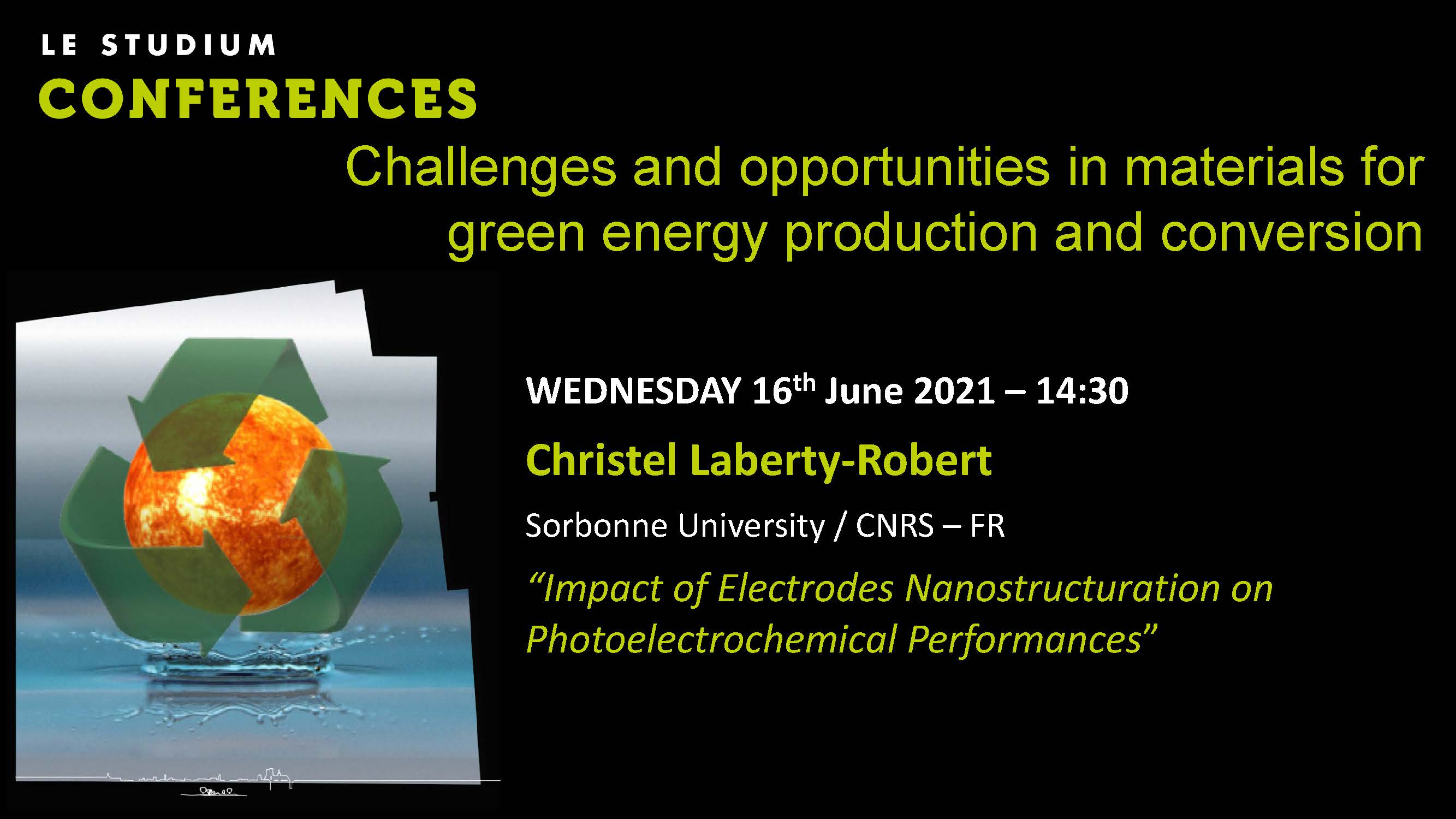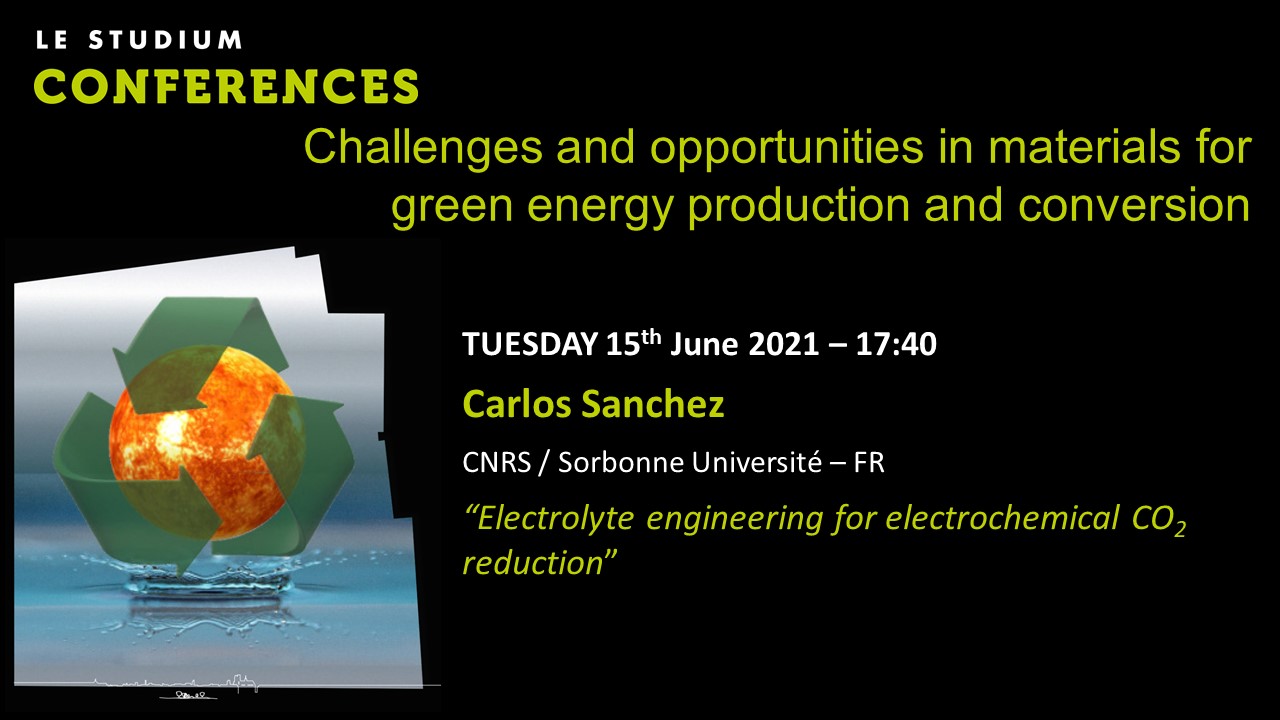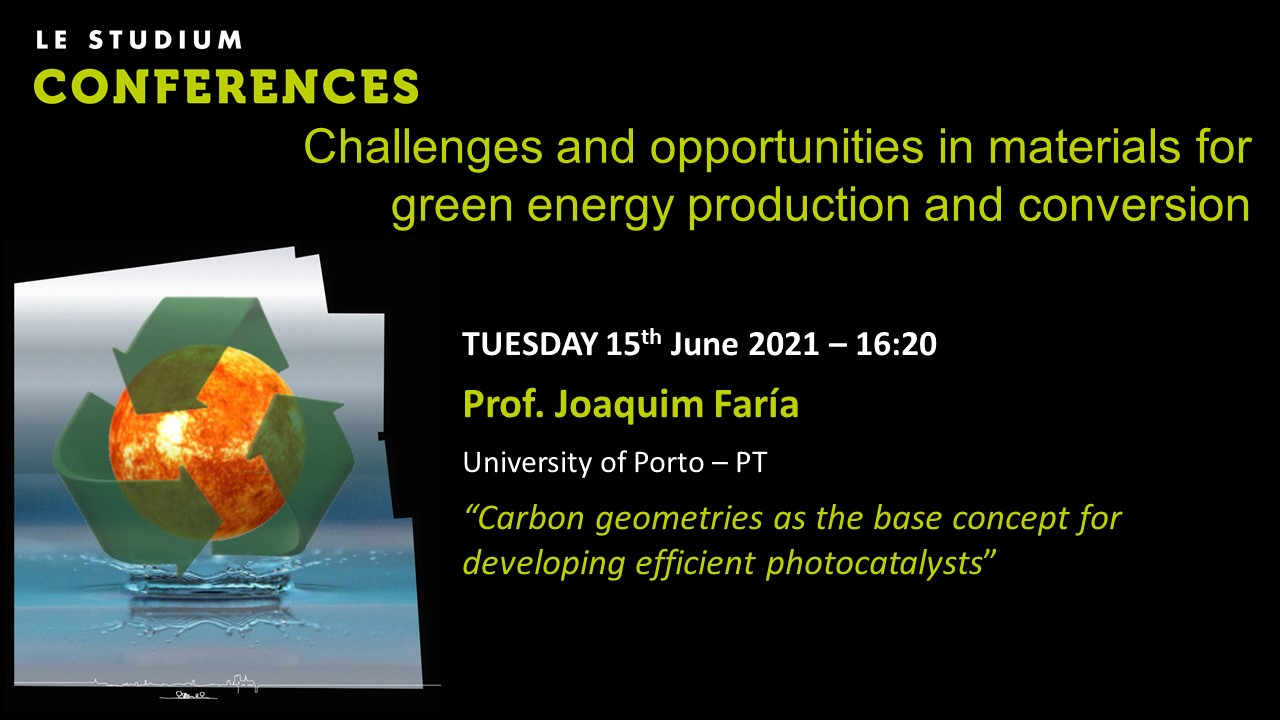Notice
Olivier Joubert - Brief Overview of Current French Hydrogen Research Activities, Focus on Materials
- document 1 document 2 document 3
- niveau 1 niveau 2 niveau 3
Descriptif
Twenty years ago, the French scientific community working in thefield of hydrogen, started to federateunder the leadership of the CNRS. It took the form of successive ResearchGrouping (GdR) bringing togetherexperts in solid oxide fuel cell (SOFC), proton exchange polymer membrane (PEMFC) fuel cells, hydrogen storage andsystems mainly from CNRS but also from CEA. These GdRs promoted and structured an interdisciplinaryfield of research with excellent results.
SinceJanuary 1st of 2020, the CNRS community has formed the Research network onHydrogen energy (FRH2) based on theactive nucleus of the former GDR laboratories (29 laboratories) with about 300 researchers and professors. Anew organization, "from material to system", more visible from industries has been set up aroundfour main technical axes, the production of hydrogen, its storage, and its conversion intoelectricity for mobile and stationary applications and around 2 transversal axes, education andtechnological platforms. The first part of the presentation will give a brief overview of this french CNRSresearch network on hydrogen energy including some highligts for eachaxes.
The second part will be dedicated to the development ofmaterials used in solid oxide fuel cells (SOFC)and more precisely to the ceramic electrolyte: optimization of themicrostructure of the material via accurate monitoring of the synthesis and temperature treatment steps.
Dans la même collection
-
Juan Matos - H2 production on 1D and 2D Carbon-containing Fe-, Co, and Ni-based foamy catalysts.
C-containing Fe-, Co-, and Ni-based catalysts have been synthesized from the controlled pyrolysis of saccharose. The topological properties of the 2D materials were significantly different from
-
Athanasios G. Konstandopoulos - Material and Reactor Technologies for Solar Fuels
The synthesis of carbon-neutral/zero-carbon footprint fuels via solar thermochemical processes (“Solar Fuels”) represents a promising approach for the realization of a sustainable energy future.
-
Sixto Malato - Solar photocatalytic hydrogen production at pilot scale
Solar energy is well-recognized as a sustainable and clean energy source. Among the various approaches to solar energy conversion, solar-driven hydrogen production is one of the most promising ways
-
Pascal Brault - Reactive molecular dynamics simulations of H2 production and conversion
Since H2 production and conversion efficiencies can be improved and monitored at the molecular scale, reactive molecular dynamics simulations (rMDS) are expected to be of great promise for
-
Ally Aukaloo - From molecular to nanostructured materials for artificial photosynthesis
Inspired by chemical subtleties at the active sites of enzymes dealing with the CO2 management in our biosphere, we will discuss on how hydrogen bonding and electrostatic effects may thrive the
-
Giuseppe Marci - Photocatalytic reduction of CO2 in gas-solid and in liquid-solid regimes
The increasing CO2 level in the atmosphere is a global environmental problem; therefore, the development of efficient catalytic processes for CO2 reduction is a challenge. Heterogeneous photo
-
Alejandro Anson-Casaos - Photoelectrochemical characterization of C/TiO2 and C/ZnO nanomaterials in…
Carbon nanostructures, including single-walled carbon nanotubes, reduced graphene oxide, and carbon dots, are inserted in TiO2 and ZnO photoanodes with the aim of improving their activity. For the
-
José Solla-Gullon - Recent advances and remaining challenges on the use of shape-controlled-metal n…
The incorporation of shape-controlled metal nanoparticles in Electrocatalysis is contributing significantly to a better understanding of the correlations between surface structure and
-
Christel Laberty-Robert - Impact of Electrodes Nanostructuration on Photoelectrochemical Performanc…
Hydrogen is presented by some industrialists and managers as a potential pillar of the ecological transition, particularly in the context of transport (hydrogen-powered cars, hydrogen-powered
-
Carlos Sanchez - Electrolyte engineering for electrochemical CO2 reduction
Ionic liquids (ILs) in electrocatalysis have attracted a lot of attention from the seminal work of Rosen et al. [1] where they achieved a relevant overpotential decrease for CO2 reduction reaction
-
Joaquim Faria - Carbon geometries as the base concept for developing efficient photocatalysts
During the past several decades' new carbon allotropes have been accounted for and synthesised. Many notable breakthroughs include exciting works on synthesis, functionalisation, characterisation
-
Geyla Dubed Bandomo - CO2 conversion with {Mn(CO)3Br} molecular sites into Covalent-Organic Framewo…
Effective large-scale CO2 conversion to fuels or value-added chemicals using renewable energies is critical to reduce our environmental impact [1]. To this end, better understanding of the CO2

